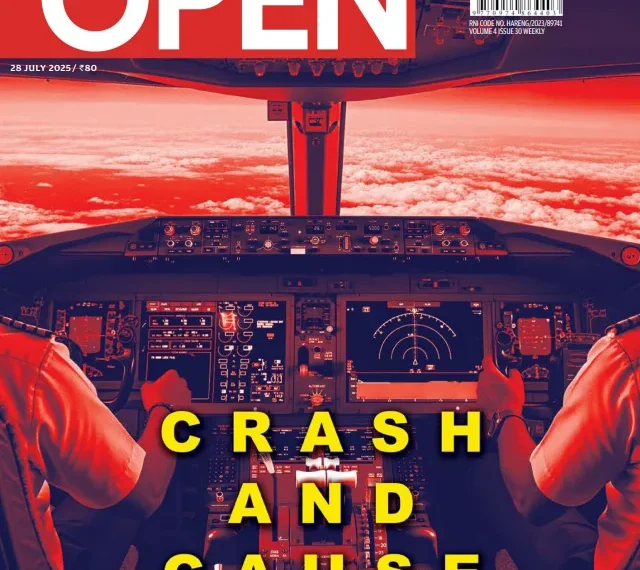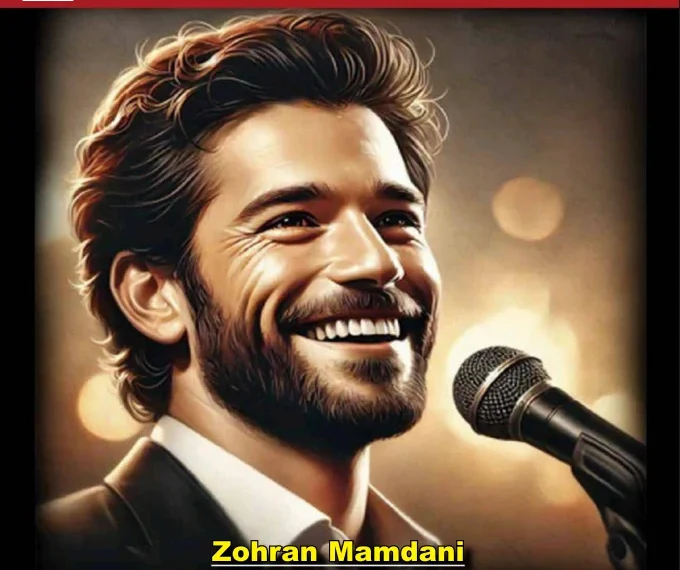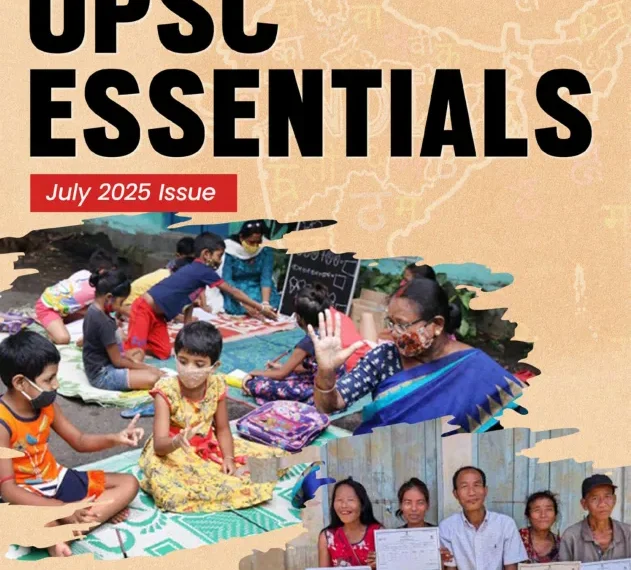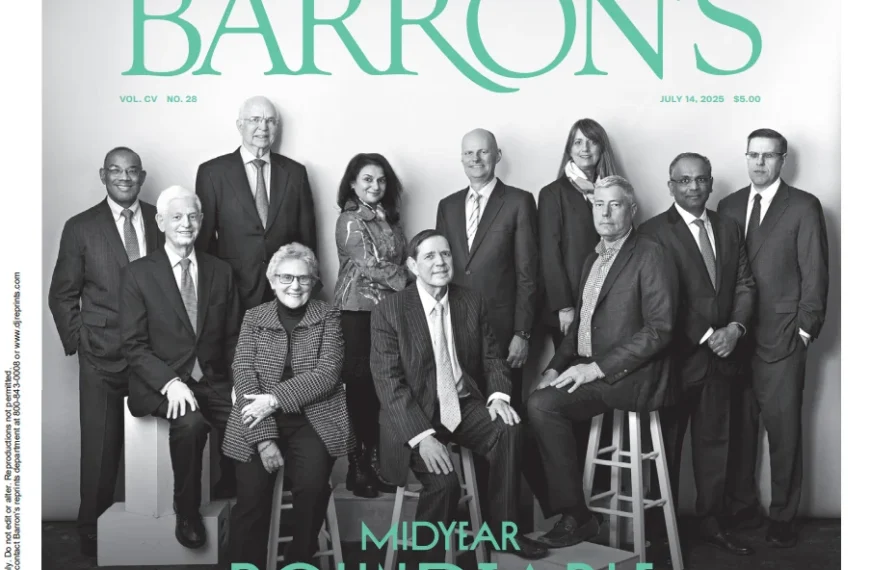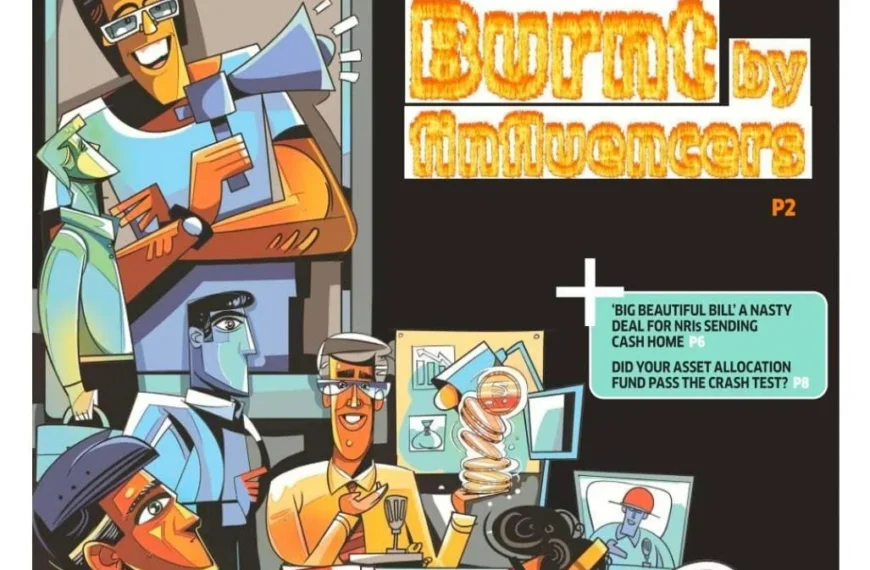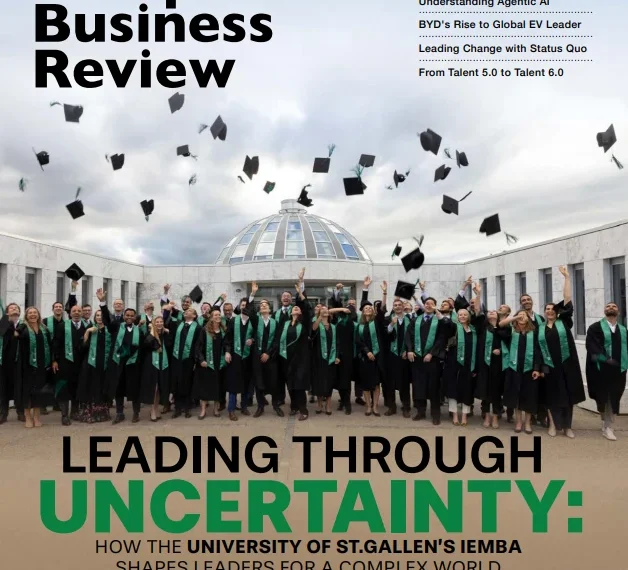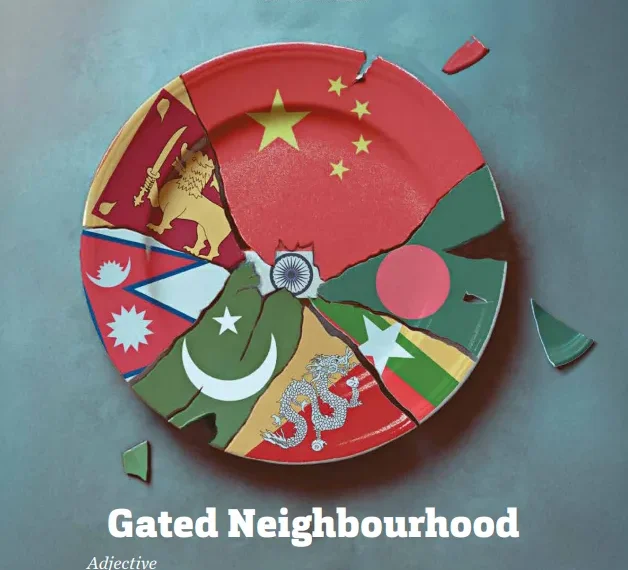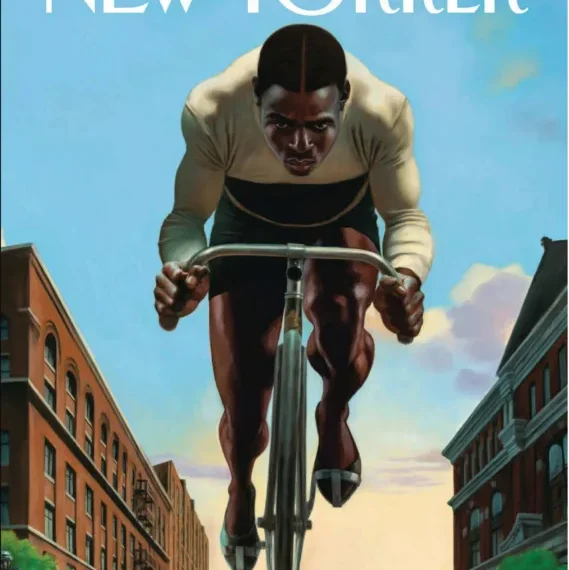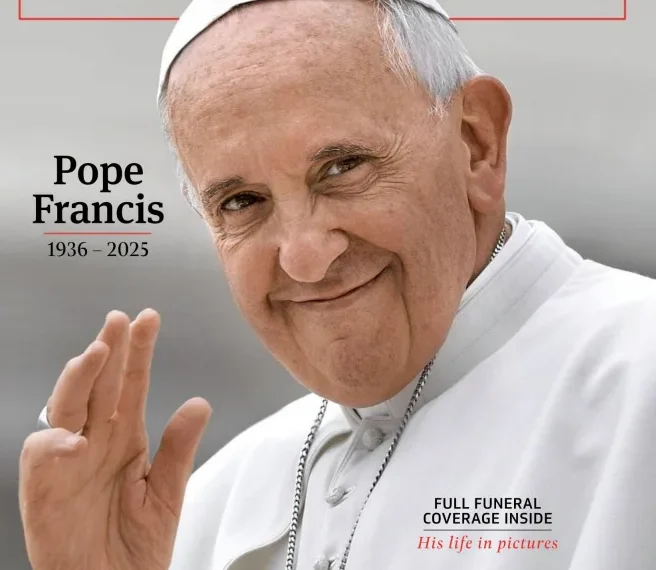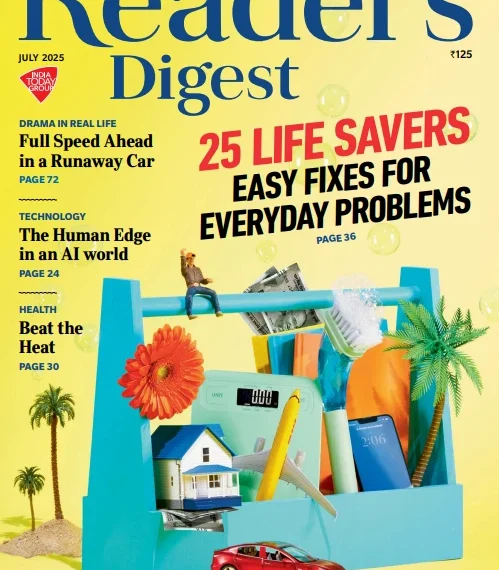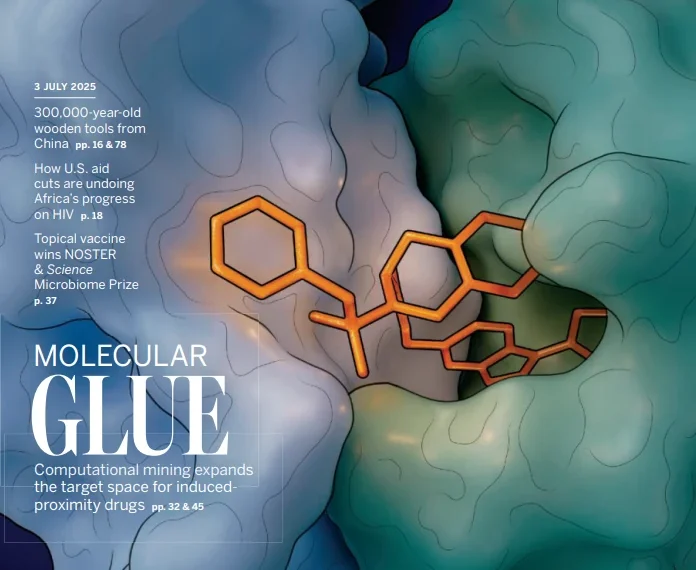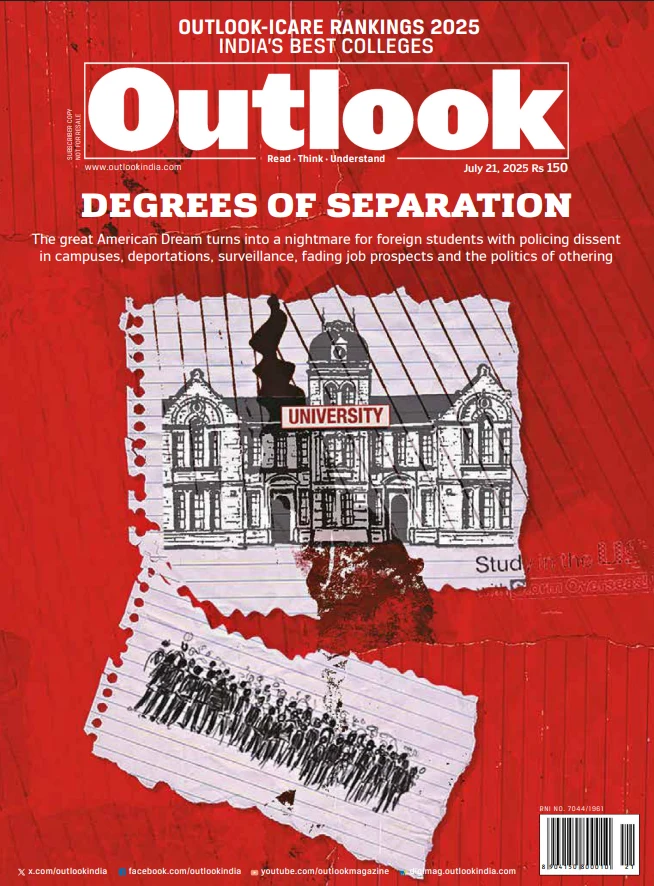
This Outlook magazine offers a multifaceted look into India’s evolving educational landscape and its intricate connections to broader socio-political and economic shifts, both domestically and internationally. It paints a picture of a nation grappling with global aspirations, internal dissent, and a rapidly changing world.
Here’s a concise overview of the key topics:
- Study Abroad: Dreams vs. Reality
- The “American Dream” for Indian students is increasingly a “nightmare” due to US higher education policies policing dissent on campuses, visa revocations for political views (e.g., Gaza war support), surveillance, and diminishing job prospects.
- This has led to a significant “Exit Option” trend, with Indian students seeking more affordable alternatives like Europe (e.g., Germany, Austria). Less costly options like Kazakhstan, Georgia, Romania, Hungary, and Poland are also trending.
- Canada, once a top destination, has seen a sharp decline in student permits due to stricter immigration policies, including doubled proof-of-funds requirements.
- A booming, yet largely unregulated, “cottage industry” of study abroad consultants has emerged from tier-two and tier-three Indian cities, assisting students but also posing risks of scams.
- Indian Higher Education: Reforms, Challenges, and Innovation
- India’s academic environment is described as “hardly peaceful,” with professors hounded for political views, censored syllabi, and student protests “heavily dealt with”. Dissent is increasingly branded as “indiscipline” or “anti-national”.
- The magazine features “India’s Best Colleges” rankings based on the National Institutional Ranking Framework (NIRF), a transparent system by the Ministry of Education.
- There’s a significant push for privatization and skill-integrated learning to meet the rising demand for higher education, with private institutions absorbing much of the enrollment growth.
- The “Beyond Rankings” initiative highlights institutions excelling in rural transformation, inclusive education, innovation, and community engagement, beyond traditional metrics.
- AI integration and industry-academia collaboration are emphasized for creating “future-ready talent” in fields like engineering and hospitality.
- Academic Integrity Under Threat
- Academic publishing faces an “existential crisis” due to fraudulent activities, exploitative journals, and “paper mills” that sell authorship rights and fabricated data.
- The “publish or perish” mentality drives scholars to compromise ethics, leading to a surge in substandard and unethical research.
- “Predatory journals” publish articles for a fee without proper peer review, with India being a major contributor. A “replication crisis” highlights that even findings in reputable journals are hard to reproduce.
- Socio-Political and Economic Issues in India
- Bihar’s electoral discourse has taken a “sharp sectarian turn” with the “Samajwad vs Namazwad” debate, highlighting communal polarization.
- Ladakh is persistently demanding inclusion in the Sixth Schedule and statehood due to concerns over land, jobs (high unemployment), and cultural preservation, especially as over 90% of its population are Scheduled Tribes.
- The past decade of BJP rule is critiqued for “deep and enduring damage” to India’s social fabric, leading to communal polarization, suppression of dissent, and ideological stacking of academic institutions.
- A blast at Telangana’s Sigachi Industries, claiming 42 lives, exposed weak regulations, under-trained staff, and a lack of safety mechanisms in the pharmaceutical sector.
- Diverse Glimpses
- Haryana’s “Healing Model” showcases an innovative, multi-pronged approach to combating drug abuse, blending law enforcement with community engagement, sports, and cultural initiatives.
- The luxury real estate market is seeing a transformation, with second homes becoming “essential lifestyle investments” blending wellness and wealth creation.
- Discussions on health include the dangers of antimicrobial drug misuse leading to resistance and common eye diseases, alongside advancements in ophthalmology.
- Disability literature in India is evolving, advocating for authentic representation beyond stereotypes and addressing challenges faced by disabled authors.
- A fundamental question is posed: “Is a Degree Still the Golden Ticket?” arguing that demonstrable practical skills and certifications are increasingly valued over formal academic credentials in the modern job market.
The magazine, therefore, serves as a kaleidoscope of contemporary India, reflecting both its aspirations to become a global knowledge superpower and the internal conflicts and systemic issues that challenge its path.
Outlook – July 21, 2025
- Language: English
- Total of pages: 254 pages
- File format: PDF
- File size: 85.9 MB
IMPORTANT NOTE!
All contents and images featured on FreeMagazines.online are copyrighted to their respective owners. We do not claim ownership of any visual or written content unless explicitly stated. It is just for educational and knowledge purposes, only to help the needy.
Degrees of Separation: A Look at the State of Higher Education
The “great American Dream” is turning into a “nightmare” for foreign students in the US due to a confluence of factors. The Trump administration’s policies are a primary driver, with dissent being policed on campuses, leading to ideological deportations and increased surveillance, particularly targeting students who express views on politically sensitive topics like the Gaza war. Visas have been revoked for minor infractions, and support for the Palestinian cause is often labeled as “treason” or “anti-Semitic.” Beyond political pressures, fading job prospects post-graduation and a general increase in anti-immigration sentiment contribute to the challenges. Elite institutions, long seen as bastions of liberal thought, are facing funding cuts and pressure to align with government policies, further exacerbating the hostile environment for international students.
The political climate in the US is a “terrible threat” to international students, significantly diminishing the appeal and viability of American universities for many. Students are pressured to “frantically scrub their social media timelines” of any liberal or left-leaning content to avoid visa rejections, leading to self-censorship. The rising anti-immigration sentiment also impacts post-graduation employment prospects, as right-wing governments tighten measures on temporary training, internships, and work permits. While some argue that American universities still offer world-class education and are relatively safe spaces, the fear of targeted deportations and the erosion of academic freedom are prompting many Indian students to explore alternative higher education destinations.
As the US faces challenges, Indian students are increasingly looking at other countries for higher education. Europe has gained popularity, offering a different, often more affordable, educational experience, with some countries like Germany and Austria even providing free higher education. Other popular destinations include the UK (despite its own issues with fees), Canada (though recent policy changes have reduced its appeal), Australia, New Zealand, and emerging Asian institutions like those in Singapore and Hong Kong. Niche countries like Kazakhstan, Georgia, Romania, Hungary, Poland, and Ireland are also attracting students due to their affordability and work-friendly immigration policies, particularly for medical and nursing degrees. Additionally, a growing number of private liberal arts universities within India are now offering similar educational experiences tailored to local needs.
Indian universities are grappling with significant challenges to academic freedom and dissent, described as “suffocating spaces where constant censorship and surveillance is leaving no room for protests or dissenting voices.” There’s a disturbing trend of conflating dissent with criminality, leading to arrests and suspensions of professors and students for expressing views critical of the government or participating in protests. University administrations are often seen as complicit, “wilfully thrown under the bus by their own institutions” or actively “hounding individuals who exercise their right to free expression.” The concept of “critical thinking,” enthusiastically taught, is “condemned and punished when applied to the larger society.” This environment is creating a “new normal” where intellectualism is compared to warfare, and academic pursuits are increasingly judged based on whether they are deemed “in the interest of the nation.”
The “publish or perish” mentality is a core driver of the ethical crisis in academic publishing. The intense pressure on scholars to publish regularly for promotions, grants, and job retention, combined with institutional mandates (like the UGC’s previous requirement for PhD students to publish in sanctioned journals), inadvertently validates unethical practices. This has led to a surge in substandard and fraudulent research. The rise of “paper mills,” commercial entities that sell fabricated papers and authorship rights, and “predatory journals,” which charge fees for expedited publication without proper peer review, are direct consequences. These practices undermine the credibility of science and disproportionately affect researchers from the Global South, including India, who may face greater vulnerability due to linguistic, infrastructural, and mentorship obstacles
Rankings of professional colleges have gained significant prominence in India, influenced by social media, online forums, and government funding bodies. Systems like the National Institutional Ranking Framework (NIRF) aim to provide transparent, data-driven evaluations across parameters like faculty strength, infrastructure, research, and placements. However, these rankings have limitations. They often favor metropolitan colleges due to better industry linkages and sometimes fail to capture the unique contributions of institutions, particularly those focused on rural transformation, inclusive education, or cultural preservation. Global rankings, while influential, often have criteria that don’t align with the primary focus of Indian institutions, which serve the domestic population and may not have the same international faculty or large-scale research funding. The article suggests that students and parents should look beyond mere scores and consider individual academic interests, career goals, learning environment, location, and financial considerations when choosing a college.
Private participation is becoming central to India’s higher education architecture, driven by demographic urgency and fiscal realism. The National Education Policy (NEP) 2020 aims to significantly increase the Gross Enrolment Ratio (GER), and public universities alone cannot bridge this demand-supply gap. Private unaided universities and colleges now account for a substantial portion of institutions and have absorbed the majority of enrollment growth outside the public system. This shift is seen not as a break from India’s historical tradition of plural approaches to knowledge systems, where learning centers were supported by various societal institutions beyond the state. The government views privatization as a strategic tool, coupled with regulatory safeguards, to raise academic standards, invest in infrastructure, and align with global benchmarks, with many private universities becoming serious contenders on the world stage.
The “Gold Standard” initiative is Outlook-ICARE’s annual effort to spotlight institutions that demonstrate exceptional abilities beyond traditional ranking metrics. Recognizing that rankings, while necessary, don’t capture the full spectrum of educational excellence, this initiative celebrates institutions for their transformative impact in areas often overlooked. These include rural transformation (uplifting underserved geographies), inclusive education (supporting marginalized students), innovation and experimentation (rethinking pedagogy and tech-integration), cultural preservation (maintaining local knowledge systems), and community engagement (where education meets civic duty). The initiative focuses on curating “stories, not just scores,” aiming to foster a “plurality of excellence” and highlight how true excellence transforms lives, rather than just achieving high scores in a ranking system.

